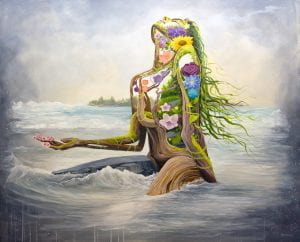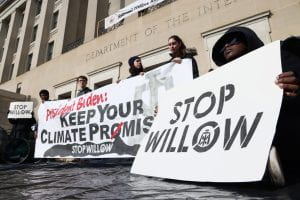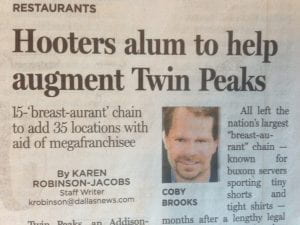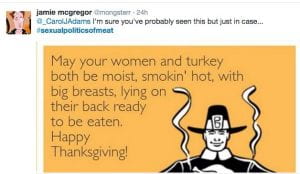I can hear her voice in the wind
Watching as it dances with the trees
I can feel her tears as the river flows around me
Calling, pulling me towards her
The Earth is calling me home
Ashes to ashes, dust to dust
The poem above is something I wrote a few months ago. I was pondering the different aspects of life and the cyclical nature of all of its aspects. Born of the Earth, she will eventually call us back to the dirt. The science side of things explains that the Earth gave us the nourishment we need and in death we will do the same for the Earth. And it got me thinking about how all things in life are interconnected, which leads to this week’s topic of intersectionality.
As humans, we often fail to see the smaller scale of this connectivity, as we are more consumed with the social aspects of our lives, but there is a deeper connection there with the philosophy of intersectionality. Coined by Kimberlé Crenshaw, intersectionality “illuminate[s] the interconnectedness of race, class, gender, disability, sexuality, caste, religion, age and the effects which these can have… on the discrimination, oppression, and identity of women and the natural environment” (Kings).
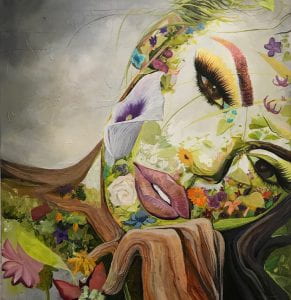
Through the course of this semester, we have spent time looking at most of these aspects on a smaller scale. From the Grassroots movement in the Global South to deeper philosophical aspects of vegetarianism and the suppressed female voice in government, all of these things have a connection through the lens of ecofeminism. “Ecofeminism exposes the repression of women and the environment as interlinked and rooted in patriarchal structures”, as defined by Leah Thomas in her article, The Difference Between Ecofeminism & Intersectional Environmentalism. Thomas also defines intersectional environmentalism as “an inclusive version of environmentalism that advocates for the protection of people and the planet and addresses how the injustices happening to marginalized communities and the earth are interconnected”.
These are both very similar ideas, the difference being that ecofeminism focuses more on the patriarchal influence over the feminine interconnectedness to the environment. It does not discredit intersectional environmentalism, but more so takes what it known and examines it from a more feminist perspective. The important commonality between both philosophies, is their understanding of the ecology and our human connection to it.
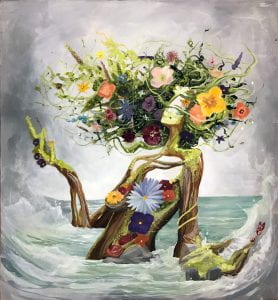
Ecology, in the simplest of terms, is the study of the relationships between organisms and their environment. Marine biologist and conservationist, Rachel Carson spent her life writing about the environment and history of the oceans. Her essay, Undersea, examines the smallest organisms of the ocean to the largest, poetically describing how they are all connected. But why is this relevant to ecofeminism? In understanding her teachings, we can see that all aspects of life are interconnected.
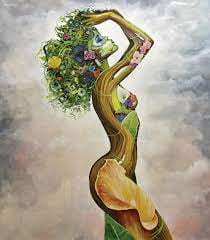
The oppression and discrimination of women can be seen when examining aspects of the environment. Within it you can find your identity. Our class, sex, gender, race, social groups, etc., all define who we are. The labels we use, and boxes we put ourselves into, all contribute to this identity, but also give us a sense of community. These connections are what make us stronger, as there is strength in numbers. To name a few, I am white, bisexual, an activist, college student, and female. I might not know anyone personally who would use the same labels but I know there is a community for each of those traits. That community is what connects me to other women (and also men because ecofeminism is not just limited to women alone). We are all of the Earth and will one day return to it.
“Individual elements are lost to view, only to reappear again and again in different incarnations in a kind of material immortality.” – Rachel Carson
While researching images for last week’s post, I came across an artist named Brian Kirhagis. His E.A.R.T.H. series are some of the images used for this post. I feel as if they capture this interconnectedness. They show a woman who is made up of different things in nature. I feel strongly that they are a visual representation of the overarching topics we’ve discussed all semester and wanted to include them. To check out the rest of his series, click here.

